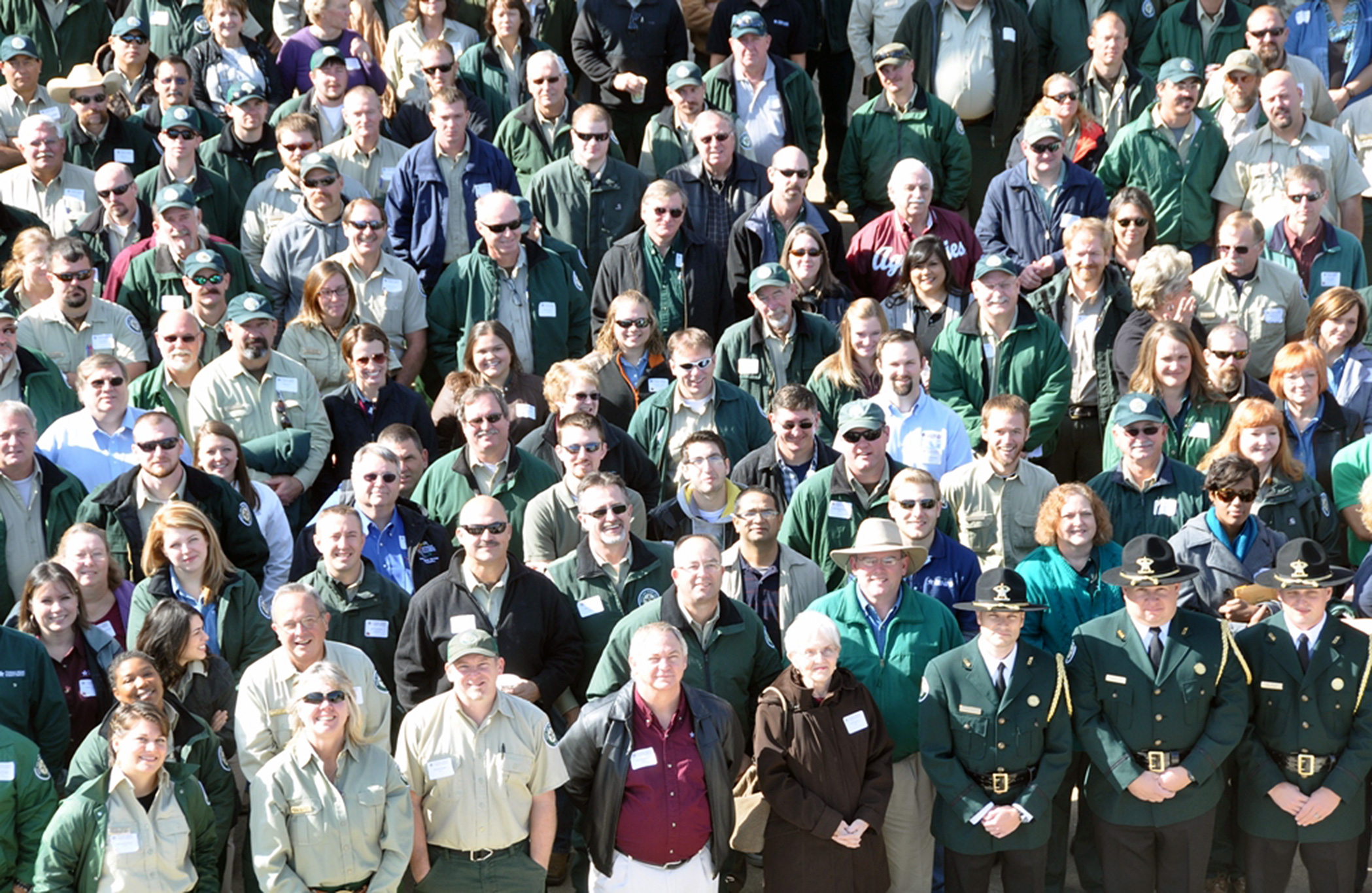

In 1941, prior to the country’s participation in the war, a total of 600 forest industrial plants, including 500 sawmills and one hundred other wood-using plants, operated in East Texas, furnishing employment to 30,000 people. An estimated 15 percent of the population in 36 East Texas counties was supported directly or indirectly by the timber industry, reaching a value of $100 million. The 1941 forest products harvest in Texas increased by 20 percent, reaching 2.25 billion board feet, the highest since 1917.

According to the January-February, 1942, issue of Texas Forest News, this included 1.75 billion board feet of lumber, 375,000 cords of pulpwood, 1.75 million cords of fuel wood, and 3.5 million railroad ties. It is surprising East Texas forests could yield such a harvest just a decade after the bonanza era of logging (1880 – 1930) ended.

Much of this increase was stimulated by war orders. Huge amounts of wood were needed for use in battleships, cargo vessels, torpedo boats, boxes and crates. Each cargo vessel sliding down the ways to form a link in the “bridge of ships” required half a million board feet of lumber in the building.

The US Army bought nearly a billion board feet of lumber to build army camps, ordnance plants and other construction projects. New army camps were built at Bastrop, Paris, Waco and at the Lone Star Ordnance Plant at Hooks, all with lumber from East Texas.
Some photos courtesy of Texas Forestry Museum and Stephen F. Austin State University
